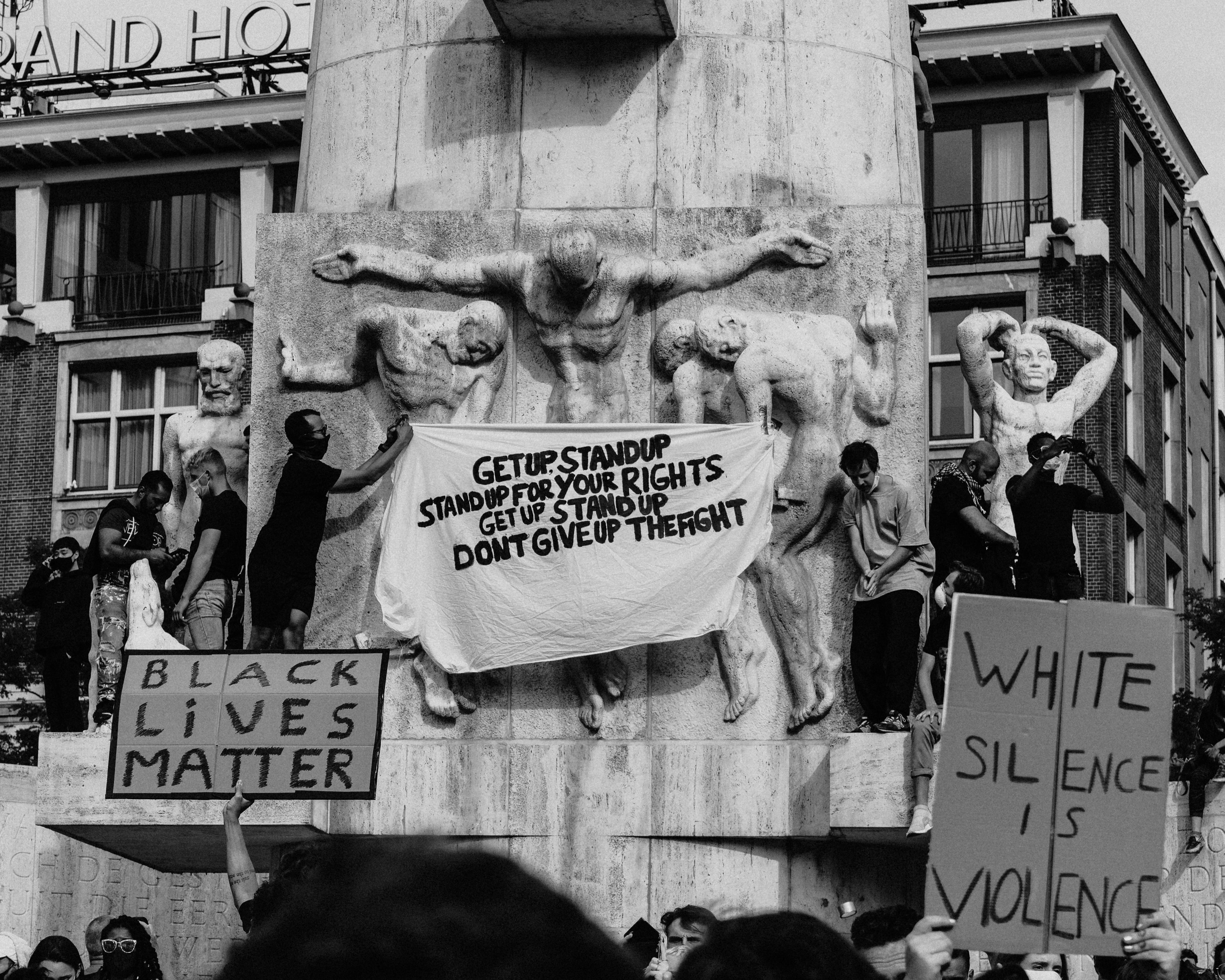Movie copyrights on practical applications
In universities, academics explore new ways of teaching their students. To be more effective at what they do, they come up with ideas on how to make their points come out as clearly as possible. Some do outdoor activities, while others take as many exams as possible. There are also those who rely on creating visual presentations. For example, “act” or show a movie. This essential activity may require attention, especially when it comes to copyright. It is important to make sure you are not violating copyright law.
Compliance with copyright law
Many, if not all of the material you find on the Internet is protected by US copyright laws. These laws give the copyright owner the exclusive right to reproduce and distribute copies of their works to others. However, anyone else who copies, downloads, and uploads a copyrighted work without written permission from the content owner is committing a crime. They can be charged with copyright infringement.
The most common form of unauthorized playback involves peer-to-peer (P2P) file sharing services such as BitTorrent. Through the P2P connection, users can share music or movie files. Those caught engaging in this type of illegal activity will be subject to penalties.
Obtaining copyright permissions
According to the Stanford University Libraries page on copyright and fair use, the basics of getting permission involve five easy steps. First, in each situation, you must determine whether or not you need to ask for permission. Remember that creative work created or published after 1922 is protected by US copyright law, with exceptions such as “fair use”, you should check if its unauthorized use may still be legal. In addition, you must know and minimize the risk of not asking for permission. Second, to obtain permission, it is essential to identify and know the owner of the work you want to use. The third step in obtaining permission is to identify the rights you need. This means, find out the exclusivity, the term and the territory that your permit agreement implies. Since obtaining the permit takes one to three months, the fourth step involves planning ahead for the permit and negotiating whether payment is required. Copyright permission must be obtained before you want to use copyrighted work. Finally, get your agreement terms in writing. It is a mistake to rely on oral permission.
It is best to educate everyone on the importance of complying with copyright laws. We can start by discussing the copyright of films in practical applications, as well as the entities that protect them. Make them understand their responsibility and the associated penalties when they commit copyright infringement.
